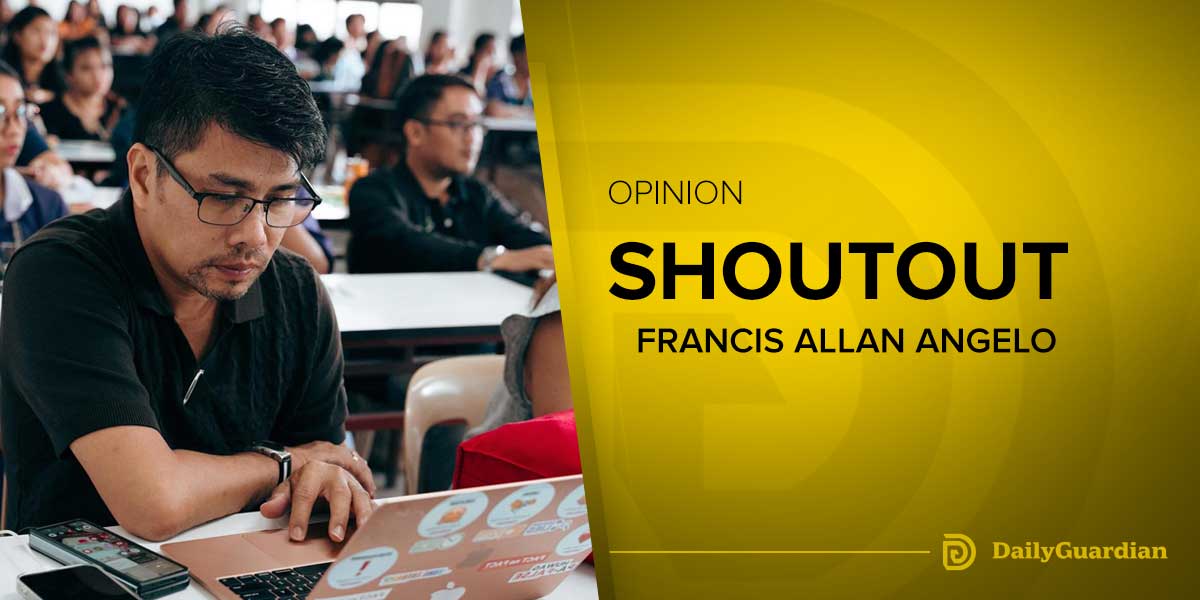By Artchil B. Fernandez
It’s the end of the school year. Graduating students and loved ones are in jubilation, celebrating another milestone. These happy celebrations however cannot conceal the tragic reality that Philippine education is in deep trouble.
The 2021 World Bank Poverty Learning Report revealed poverty learning in the Philippines is at 90.9 percent. This means over 9 in ten Filipino children aged 10 years old cannot read and understand a short, simple story.
Comparing the poverty learning of the Philippines with other ASEAN countries gives a clearer picture of how terrible the current state of Philippine education is. Malaysia’s poverty learning is 42.8 percent while that of Indonesia is 35.4 percent. Poverty learning of Thailand is 23.5 percent and Vietnam has a measly 1.7 percent.
Philippine Development Plan (PDP) 2023-2028 also reported that “only 6.39 percent of third-graders and only 12.63 percent of sixth-graders achieved at least ‘proficient’ level in the 2018 National Achievement Test.” This is how abysmal the performance of Filipino children.
Furthermore the 2018 findings of the Programme for International Students Assessment showed that 81 percent of Filipino children could not deal with basic math problems while 81 percent had trouble understanding text of moderate length. The assessment also uncovered that 78 percent of Filipino learners “could not recognize correct explanations for scientific formula or draw valid conclusions from a given data.”
Result of the Southeast Asia Primary Learning Metrics 2019 confirms the appalling trend in Philippine education. It found that “Filipino Grade 5 students lack reading and mathematical skills” and “only 10 percent and 17 percent of students met the minimum reading and mathematical standards expected at the end of primary education.”
Another indicator that Philippine education is in serious trouble is the quality of teacher education in the country. Of the 451,962 who took the teacher’s licensure examination in 2019, less than half (42 percent) passed. In the 2023 Licensure Exam for Teachers (LET) only 40.76 percent passed for elementary level while 46.94 percent passed the exam for secondary level.
It is clear Philippine education is in a sorry state. There is a learning crisis and it is worsening the quality of education in the country. Among the identified problems particularly at the elementary level are: lack of classrooms and obsolete learning materials, overworked yet underpaid teachers, and big class size.
The Department of Education (DepEd) claimed the country’s “teacher-student ratio is 1:31 for elementary and senior high school, and 1:36 for junior high school.” This however is disputed by the Alliance of Concerned Teachers (ACT). The group said that “teachers with seven to eight teaching loads are currently handling 40 to 50 students per class while also attending to administrative responsibilities in their schools.”
There is current shortage of 147,000 teachers according to ACT. Filling in the shortage is needed to reach the target classroom size of 35. This ratio for ACT ensures “that our teachers can effectively teach and monitor the progress of each of our learners.” To cover the gap, ACT proposed hiring 30,000 teachers a year until 2028 – 25,000 plus 5,000 to “cover the yearly increase in enrolment.”
Exacerbating the problem in the education sector is the leadership deficiency in the DepEd. Bongbong Marcos (BBM) appointed Vice President Sara Duterte as education chief to appease her after she was denied of the post she desires, the defense portfolio. Her appointment is a disaster to the education sector.
Sara Duterte whose claim to fame is punching a court sheriff enforcing a judicial order is unfit to lead the education department. Despite the acute shortage of teachers which severely cripples the education sector, Duterte opposed the hiring of 30,000 teachers a year. She dismissed the need for more teachers as “unrealistic” ignoring the sorry state of Philippine education.
Instead of crafting creative and innovative answers to the question of what ails Philippine education, Duterte spends more time in red-tagging and witch-hunting. She is more concerned with national security than in finding solutions to the deteriorating and dilapidating state of Philippine education.
Linking groups and individuals without evidence to the communist movement is Duterte’s obsession rather than the worsening crisis of Philippine education. Poverty learning has not even catch the attention of the education chief and she has not displayed deep concern for the problem aside from the usual lip service.
The other fixation of Sara Duterte is politicking. She is embroiled in national controversy not because she is fighting for the betterment of education in the country but due to her attacks on her potential rival in the 2028 election. Instead of joining the fray on how to address poverty learning and poor performance of elementary pupils, Duterte is instead in the thick of GMA-Romualdez fracas in Congress. Sara Duterte has her priorities wrong and she has no right to lead the education department.
Philippine education is in grave crisis. Yet this alarming situation hardly merits the attention of the top leaders of the land. BBM is busy paying his political debts, distorting history and covering up the dark past of his family. His appointed education chief is likewise preoccupied with politics, witch-hunting and red-tagging.
The greatest calamity of Philippine education is not poverty learning but the apathy and lack of concern of the national leadership of its tottering and rotting condition. Unless the country has leaders who genuinely put premium on education, the deterioration of Philippine education cannot be remedied but will only worsen.





















